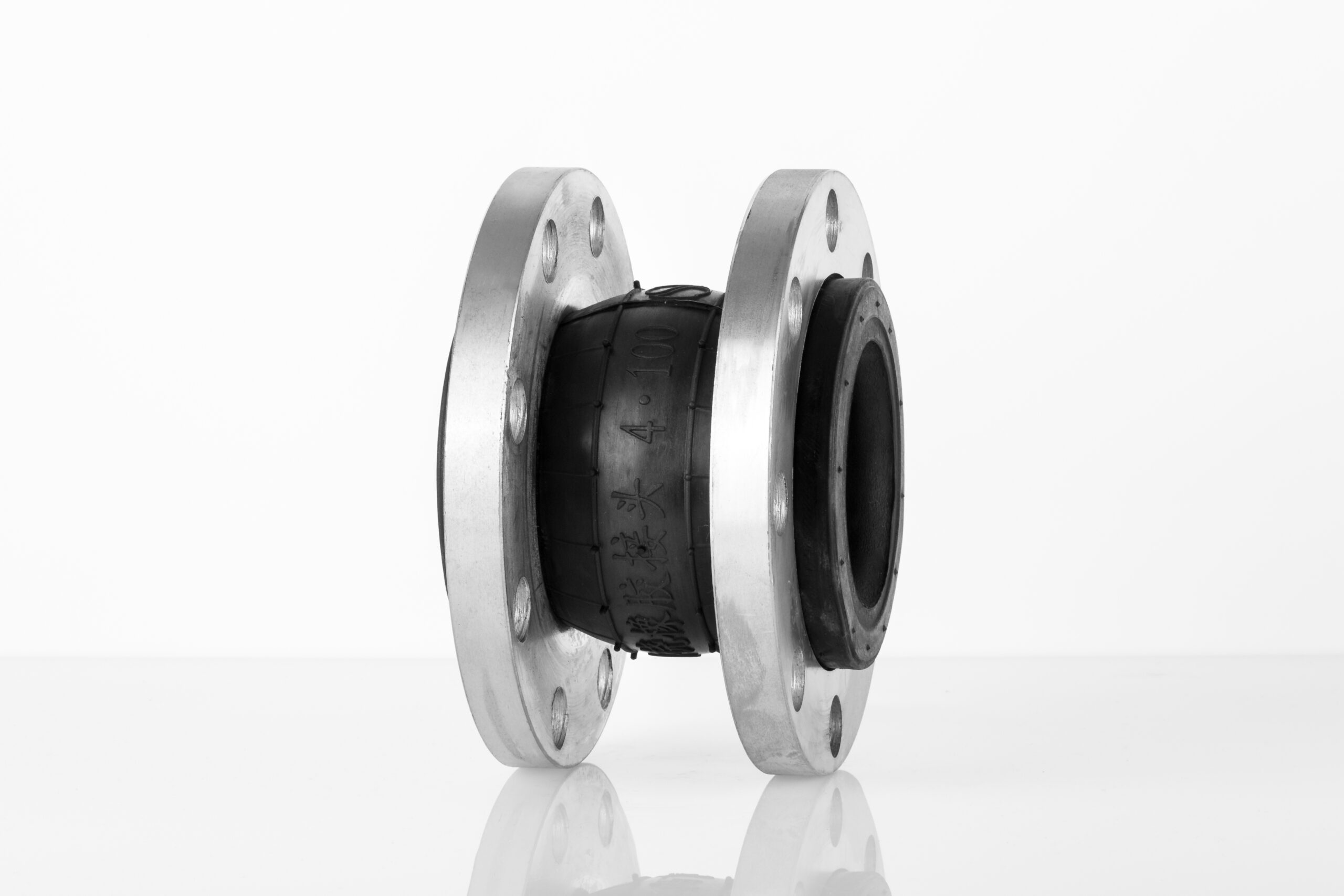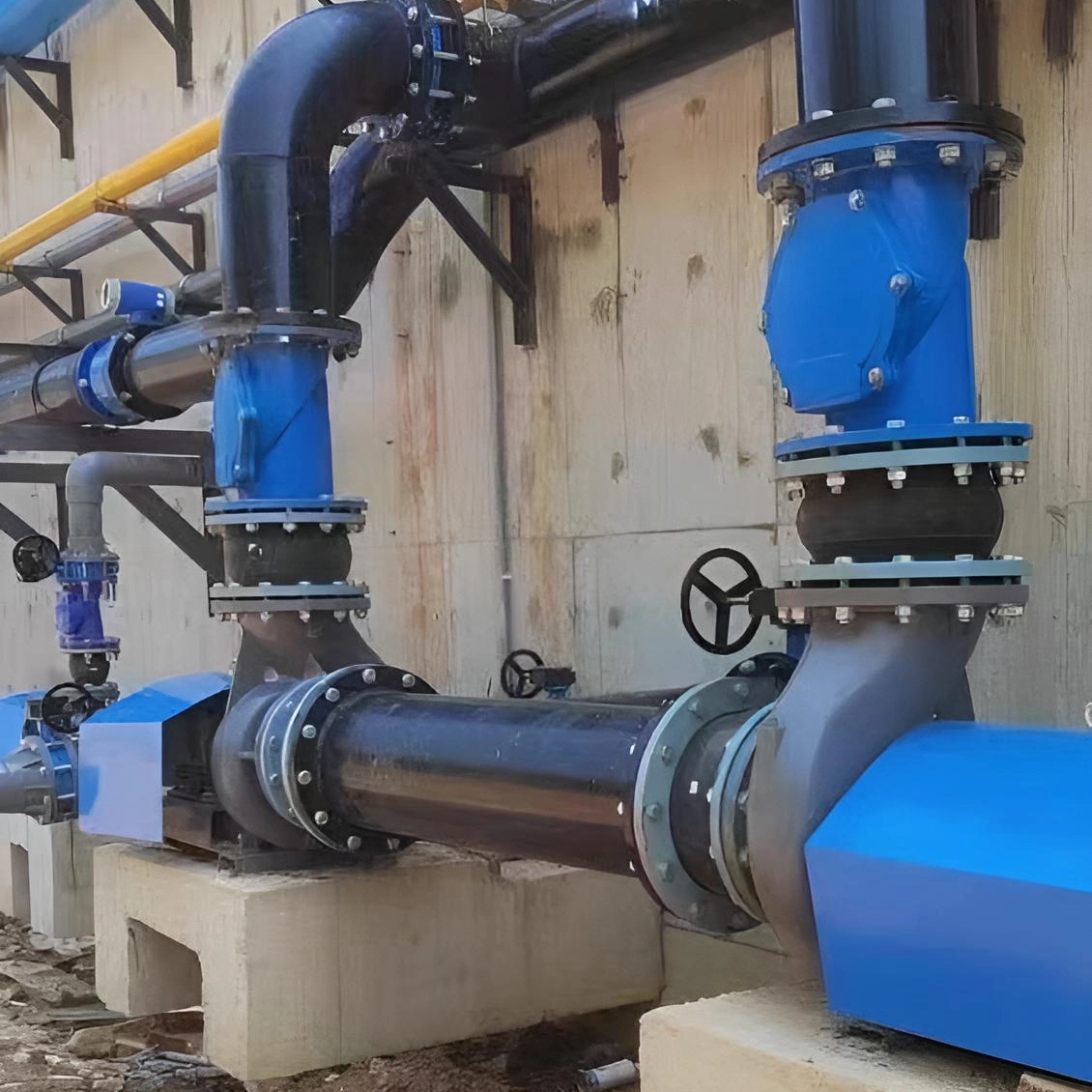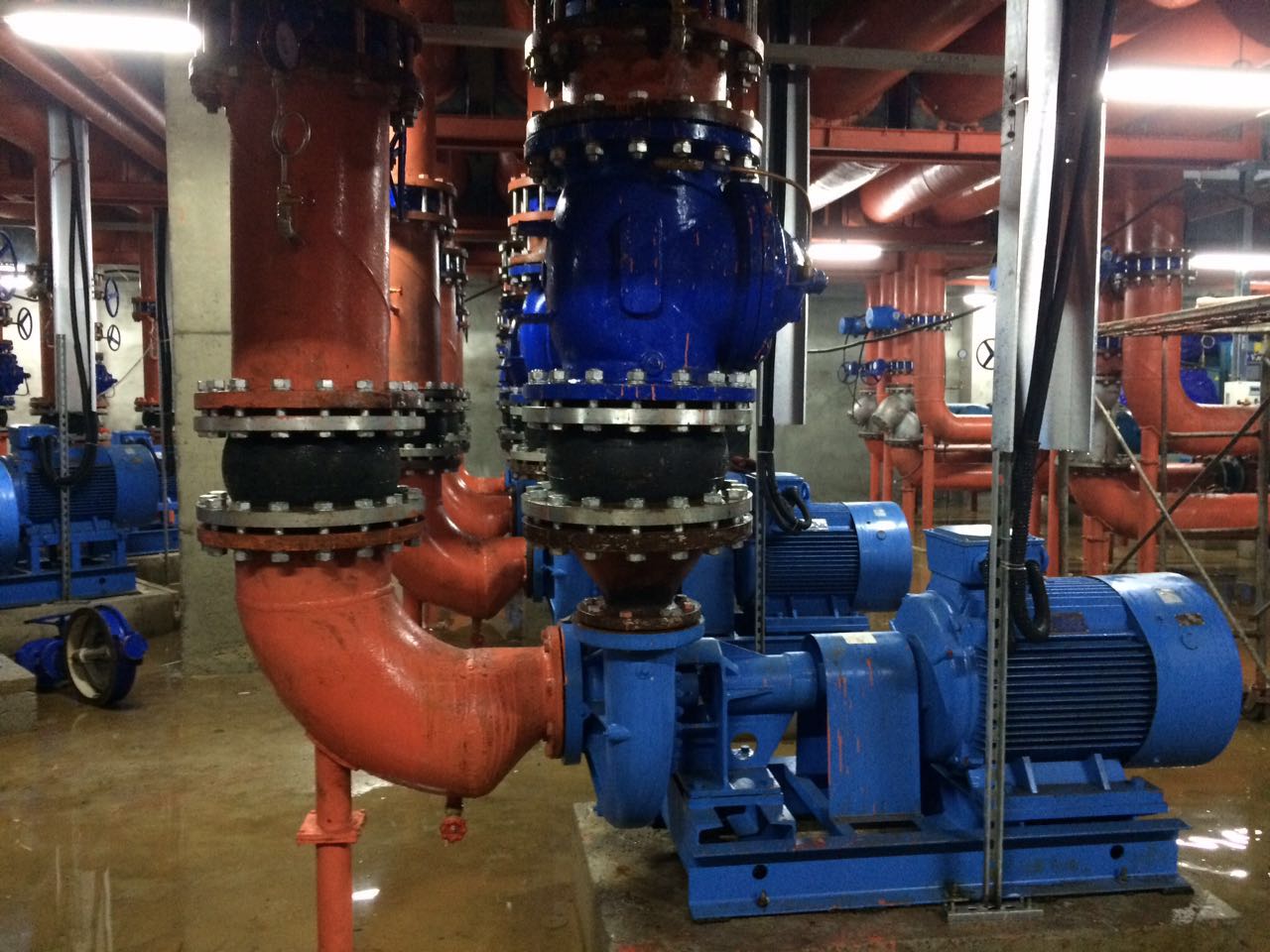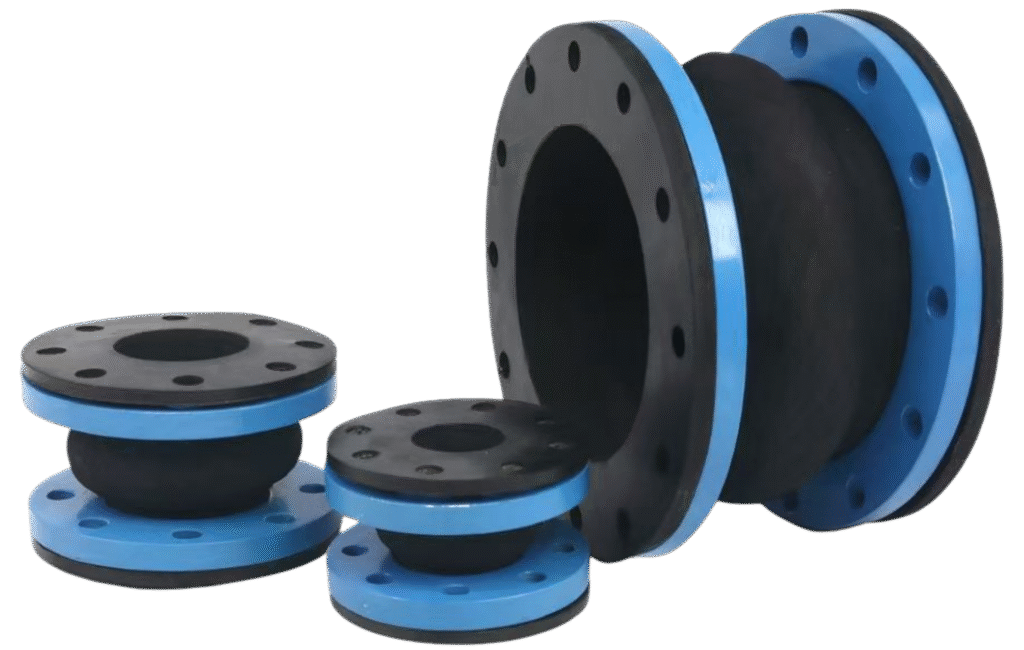What is the primary role of a rubber expansion joint in engineering systems?
In engineering systems, the primary role of a rubber expansion joint is to compensate for displacement, especially when pipes experience displacement due to temperature changes, pressure fluctuations, or equipment vibrations. It helps reduce the stress caused by pipe movement, preventing pipe rupture or equipment damage. Additionally, rubber expansion joints also play a role in vibration and shock absorption, protecting pipes and related equipment.
A rubber expansion joint absorbs and dampens vibrations in the piping system through its elasticity and flexibility. Mechanical equipment in engineering systems, such as pumps and fans, often generates vibrations, which are transmitted through the pipes, affecting system stability. The use of rubber expansion joints helps reduce the transmission of these vibrations, minimizing damage to pipes and their connections.



How to select products in the engineering field?
In the engineering field, rubber expansion joints, rubber flexible joints, and rubber compensators are important components in piping systems. They are widely used in various high-demand industrial systems, especially in situations that require flexible connections, vibration reduction, and displacement compensation. They effectively reduce the stress on pipes, preventing pipe rupture or damage to equipment caused by vibration. Each product must be selected based on the specific working conditions and requirements of the piping system.
How do engineers determine the correct size and type of rubber expansion joint for a specific project?
Engineers need to consider the pipe’s size, pressure, temperature, medium type, and displacement when selecting the appropriate rubber expansion joint. The joint must be able to withstand the operating conditions of the pipeline, including temperature range and pressure fluctuations. Material selection (such as EPDM, NBR, NR, etc.) should also take into account the chemical properties and temperature requirements of the medium inside the pipe.
Can a rubber expansion joint be used in high-pressure systems in engineering?
Yes, rubber expansion joints can be used in high-pressure systems, but steel-wire reinforced rubber expansion joints are required for high-pressure conditions. This type of joint is capable of withstanding higher pressure and provides additional support and reinforcement. In high-pressure systems, the rubber expansion joint must not only resist pressure but also ensure stability and reliability under high-pressure environments.
What is the expected lifespan of a rubber expansion joint in an engineering application?
In engineering applications, the lifespan of a rubber expansion joint typically ranges from 5 to 10 years, but this lifespan can be influenced by the following factors:
Temperature: Extreme high or low temperatures accelerate rubber aging.
Medium: Certain chemical mediums (such as acids, alkalis, oils) can corrode the rubber, shortening its service life.
Pressure fluctuations: Frequent pressure changes can accelerate rubber deterioration.
Regular inspection and maintenance can significantly extend its lifespan.
What are the potential issues if a rubber expansion joint is not installed correctly in an engineering system?
Improper installation of a rubber expansion joint may lead to the following issues:
Leaks: If not aligned or tightened correctly, the rubber joint may leak, affecting the seal of the piping system.
Premature wear: Incorrect installation can result in the expansion joint bearing excessive displacement or pressure, leading to premature wear.
Rupture: Misalignment or overloading during installation can cause excessive stretching or compression of the rubber joint, potentially leading to rupture.
Proper alignment, adequate support, and bolt tightening during installation are crucial to avoid these issues.
How Do Environmental Factors Affect the Performance of Rubber Expansion Joints?
Temperature and chemical exposure are critical environmental factors that impact the performance of rubber expansion joints:
Temperature: High or low temperatures can cause the rubber to lose elasticity, leading to aging, hardening, or cracking.
Chemical exposure: Media such as acids, alkalis, and oils can corrode the rubber, potentially reducing the performance of the expansion joint and shortening its lifespan.
Therefore, when designing and selecting, it’s essential to choose a rubber material that suits the operating environment to ensure high temperature and chemical resistance.
What maintenance is required for rubber expansion joints in engineering systems?
Maintenance of rubber expansion joints is crucial for ensuring their long-term effective operation. The primary maintenance tasks include:
Regular inspection of the rubber surface: Check for cracks, hardening, aging, or corrosion.
Inspect connection points: Ensure that flanges, bolts, and other connection components are secure and leak-free.
Cleaning and lubrication: Clean the rubber expansion joint surface to prevent the accumulation of dirt or chemicals, which can affect its elasticity.
Regular maintenance can significantly extend the lifespan of the rubber expansion joint and ensure the stable operation of the system.


